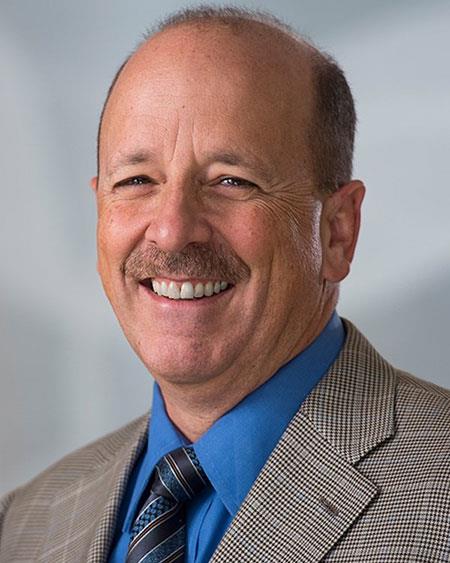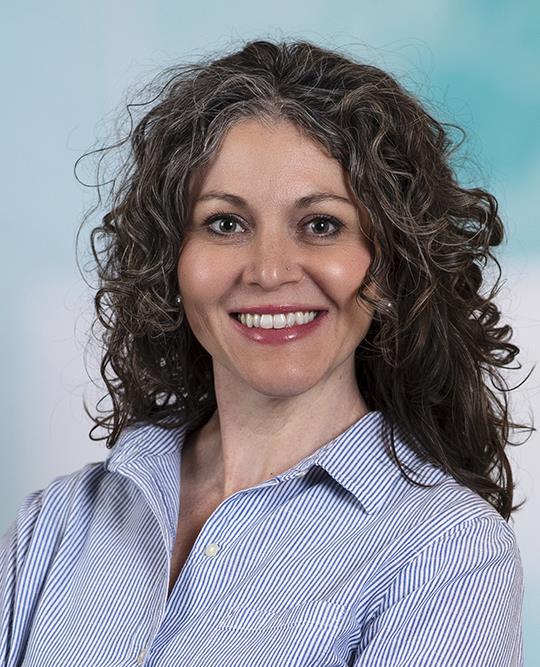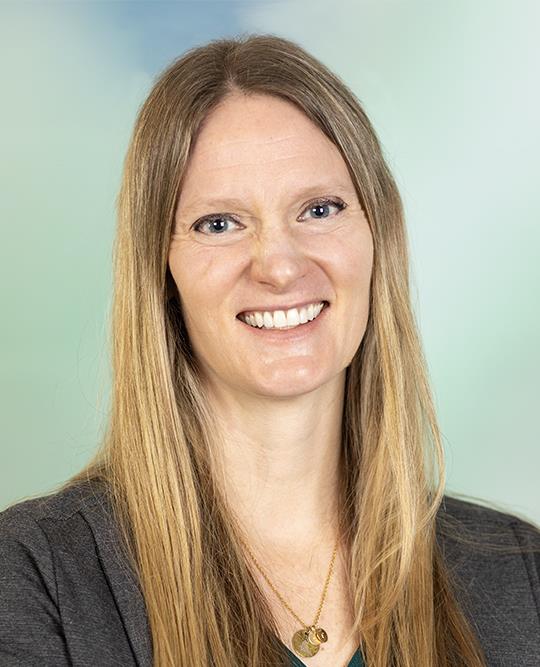- Doctors & Departments
-
Conditions & Advice
- Overview
- Conditions and Symptoms
- Symptom Checker
- Parent Resources
- The Connection Journey
- Calm A Crying Baby
- Sports Articles
- Dosage Tables
- Baby Guide
-
Your Visit
- Overview
- Prepare for Your Visit
- Your Overnight Stay
- Send a Cheer Card
- Family and Patient Resources
- Patient Cost Estimate
- Insurance and Financial Resources
- Online Bill Pay
- Medical Records
- Policies and Procedures
- We Ask Because We Care
Click to find the locations nearest youFind locations by region
See all locations -
Community
- Overview
- Addressing the Youth Mental Health Crisis
- Calendar of Events
- Child Health Advocacy
- Community Health
- Community Partners
- Corporate Relations
- Global Health
- Patient Advocacy
- Patient Stories
- Pediatric Affiliations
- Support Children’s Colorado
- Specialty Outreach Clinics
Your Support Matters
Upcoming Events
Colorado Hospitals Substance Exposed Newborn Quality Improvement Collaborative CHoSEN Conference (Hybrid)
Monday, April 29, 2024The CHoSEN Collaborative is an effort to increase consistency in...
-
Research & Innovation
- Overview
- Pediatric Clinical Trials
- Q: Pediatric Health Advances
- Discoveries and Milestones
- Training and Internships
- Academic Affiliation
- Investigator Resources
- Funding Opportunities
- Center For Innovation
- Support Our Research
- Research Areas

It starts with a Q:
For the latest cutting-edge research, innovative collaborations and remarkable discoveries in child health, read stories from across all our areas of study in Q: Advances and Answers in Pediatric Health.


Colorado Fetal Care Center
Sacrococcygeal Teratoma (SCT)
We see more, treat more and heal more kids than any other hospital in the region.

What is sacrococcygeal teratoma?
A sacrococcygeal teratoma (SCT) is a tumor that grows from the tailbone of a developing baby. This type of teratoma can grow out from the tailbone, into the pelvis, or both.
While many sacrococcygeal teratomas are small and we can manage them after birth, some may need treatment while the baby is still in the womb. As a parent, learning that your baby may have a sacrococcygeal teratoma can be unsettling. But the Colorado Fetal Care Center is at the forefront of treatment and care for this condition.
Sacrococcygeal teratomas can vary in size, shape and consistency. While most are small and benign (non-cancerous and don’t usually spread), some babies can develop larger growths or may have malignant (cancerous) cells. Many different tumors are associated with this condition. However, they are mostly benign and, in most cases, we can successfully remove them after birth.
What causes SCT?
Sacrococcygeal teratomas are made of up cells that develop abnormally. Although the cause of this abnormal development is not completely understood, we are conducting research to better understand underlying causes and the possible connection to genetic disorders.
How common are sacrococcygeal teratomas?
Sacrococcygeal teratomas are one of the most common types of congenital (present at birth) germ cell tumors, although they are rare when looking at all pregnancies. They occur in an average of 1 in every 35,000 births and are three times more common in females than males.
Sacrococcygeal teratoma complications
Depending on the size of the teratoma, complications can vary. If the mass is small, there are often no complications and the pregnancy continues without problems. In these cases, we can usually successfully remove the teratoma after birth with no lasting impact to the baby or mother.
If the teratoma grows rapidly during pregnancy, it can create many complications that impact both the mother and baby. Because these tumors can be very large, severe cases put the baby at risk of:
- Heart failure
- Blocking the urinary system
- Kidney damage
- Tumor rupture
- Polyhydramnios (too much amniotic fluid around the baby during pregnancy)
- Fetal hydrops (abnormal fluid accumulation within the baby)
Sacrococcygeal teratomas can also be tied to other conditions such as spina bifida (myelomeningocele), so it's important to get a thorough evaluation to rule out additional issues.
What are sacrococcygeal teratoma signs and symptoms?
Small teratomas can be asymptomatic, which means they don’t cause any symptoms. We can usually remove them without difficulty after birth.
Larger teratomas are more likely to create signs and symptoms. In many cases, the mother will not experience symptoms of her baby’s sacrococcygeal teratoma. However, some mothers will feel signs of increased teratoma size or excess amniotic fluid, which can include:
- A uterus that measures large for her stage of pregnancy
- The feeling that the abdomen is growing or expanding rapidly
- A sudden increase in body weight
- Increased abdominal pressure or pain
- Shortness of breath
- Uterine cramping or contractions
- Swelling of the hands and legs early in the pregnancy
For a baby, signs and symptoms of sacrococcygeal teratomas can show both before and after birth. Sacrococcygeal teratomas can take a lot of the blood flow that’s intended for the baby before birth. The diverted blood flow can affect the growth and performance of the baby’s heart and cause fluid buildup resulting in conditions such as:
- Ascites: fluid in the abdominal cavity
- Pericardial effusion: fluid around the heart
- Pleural effusion: fluid around the lungs
- Skin edema: fluid under the skin
- Fetal hydrops: fluid in two or more areas of the body
Fetal hydrops occurs in approximately 15% of cases where the teratoma is very large. If not addressed, hydrops can lead to heart failure for the baby as well as polyhydramnios (extra amniotic fluid surrounding the baby in the womb), obstruction of the baby’s urinary system leading to urine backup and damage, and rupture and bleeding of the teratoma into the amniotic space, which can lead to the baby having anemia (low red blood cell count). A very large teratoma can also cause birth dystocia, which means that due to the size of the teratoma, the baby’s delivery can be more difficult or not possible without specialized care.
Due to all these concerns, it’s very important to monitor your pregnancy and identify these signs and symptoms as soon as possible.
How do we diagnose sacrococcygeal teratomas?
We discover many sacrococcygeal teratomas through a routine fetal ultrasound. At around 16 weeks gestation, we usually draw blood from the expectant mother to examine her levels of alpha-fetoprotein (AFP), which is a protein made in the liver. A high amount of AFP may be one indicator of this condition. But because there are many other potential reasons for an elevated AFP level, an ultrasound is the definitive way to diagnose this teratoma.
Using ultrasound imaging, a sacrococcygeal appears as a fluid-filled cyst on the baby's tailbone. We can also use an fetal MRI for further evaluation. We use a fetal echocardiogram is used to evaluate effects of the teratoma on heart function.
How do we treat a sacrococcygeal teratoma?
After a diagnosis, we monitor the mother and baby to see if the teratoma grows. We’ll use a combination of fetal ultrasound and fetal echocardiogram to monitor the teratoma during pregnancy and look for signs of possible heart failure and fluid buildup.
Our fetal care team creates a customized treatment plan based on the type, size and composition of a fetal sacrococcygeal teratoma (verified by a fetal MRI). We’ll also consider the complications the mass is causing to determine if you should have fetal surgery for your baby’s sacrococcygeal teratoma.
Treatment for small, benign fetal sacrococcygeal teratomas
For small teratomas that usually don’t cause issues, treatment may include:
- Observation: In pregnancies with no or low risk of heart issues, we monitor the teratoma with ultrasounds.
- Post-birth removal: Once you deliver your baby, we remove the teratoma within the first 2 to 3 days of life. Babies usually stay in the hospital for 5 to 7 days after surgery until they are feeding normally with no concerns about pain or healing.
Treatment for large or malignant sacrococcygeal teratomas
For larger teratomas that may cause health issues, treatment may include:
- Aspiration of dominant cysts: For some sacrococcygeal teratomas, a main large cyst may affect other bodily functions. In this case, aspiration of the cyst’s contents (removal of fluid with a needle) in utero can help remove that pressure. Follow-up for this procedure includes frequent ultrasounds to monitor the baby's growth and fluid levels in the cyst.
- Sacrococcygeal teratoma fetal surgery: If the larger or malignant teratomas pose a risk to heart, lung or bowel functions, our fetal care team may recommend prenatal (before birth) surgery. We may also suggest removing the teratoma earlier in the pregnancy (around 27 weeks) if it causes fetal hydrops. After 27 weeks gestation, your doctor would usually recommend an EXIT procedure or C-section followed by teratoma removal.
- EXIT procedure: This is a special delivery technique that helps to improve stability in the transition to delivery due to keeping the baby connected to the mother’s blood circulation (through the placenta). We first partially deliver the baby through an incision in the uterus to expose the teratoma. The fetal surgeon then surgically removes the teratoma. We then fully deliver the baby and separate it from the placenta and umbilical cord. Your baby will go just a few steps down to the hall to our Level IV (four) NICU for any immediate follow up care.
Why choose our Colorado Fetal Care Center for sacrococcygeal teratoma treatment?
Sacrococcygeal teratoma complications can vary a lot so we’ll create a care plan specifically for your baby to meet your specific needs every step of the way.
At the Colorado Fetal Care Center, we have a team of multidisciplinary specialists dedicated to treating sacrococcygeal teratomas that has helped many families. Thanks to our dedication to continuous improvement and the most advanced surgical techniques, the outcomes we report for mothers and our tiniest patients with sacrococcygeal teratoma have improved greatly over the years.
We have the only specialized and experienced fetal care team in our region that can perform EXIT procedures. This complex surgery requires a large and coordinated team experienced in surgically treating these specific types of teratomas. And because we have the option to treat babies either before or after birth, we can choose the best option for your family. If your baby needs lifesaving care for a sacrococcygeal teratoma, we are amongst the most experienced fetal care teams in the country.
Our team is available 24 hours a day, 7 days a week. Our care begins with a comprehensive plan that we create with all specialists involved and continues after birth with follow-up care and specialized clinics designed specifically for parents and babies with SCT.
Children with SCT may require long-term management for bladder and bowel function from our world-renowned International Center for Colorectal and Urogenital Care or our nationally ranked Department of Pediatric Urology. They may also require follow-up care with our specialized Surgical Oncology Program. At Children’s Hospital Colorado, we have dozens of specialty clinics and departments to support families and coordinate care. We know care doesn’t stop the moment we deliver your baby so we’re here every step of your journey, from before birth through delivery and beyond.
Next steps
-
Would you like to learn more about us?
Learn more about the Colorado Fetal Care Center -
Do you have questions about this condition?
720-777-4463 -
Want a second opinion?
Get started
Get to know our pediatric experts.


Henry Galan, MD
Patient ratings and reviews are not available Why?


Amanda Schmitt, MD
Ob/Gyn Obstetrics & Gynecology
Patient ratings and reviews are not available Why?



 720-777-0123
720-777-0123



